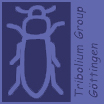
Gregor Bucher |
During my studies at the LMU Munich I became interested in how evolutionary changes of development influence the evolution of animals. During my PhD in the Klingler lab at the LMU Munich I studied the beetle orthologs of trunk gap genes. Then, I started my own group at the Georg-August-University Göttingen in the Wimmer lab studying the genetic control of head patterning. Since recently, my lab has been working on the evolution of the brain. I have been leading the genome wide iBeetle RNAi screen, which makes Tribolium the second insect model amenable to unbiased screening. Curriculum Vitae |
| |
Independent group leaders

Dr. Vera Terblanche (née Hunnekuhl) is heading an independent research group working on the evolution of neuroendocrine systems. After her work in the centipede Strigamia she joined the lab to establish Tribolium as model system for neuroendocrine research.
Postdocs
 |
Dr. Marita Büscher discovered the shaking hands gene to be involved in central complex formation in Tribolium and Drosophila. She now continues studying the function of this gene in more detail in both species as independent postdoc with own DFG funding. |
 |
Dr. Christine Mau is interested in tracing the evolution of homologous neurons of the brain using single cell sequencing of transcripts and open chromatin. She is focusing on the mushroom bodies. |
PhD students
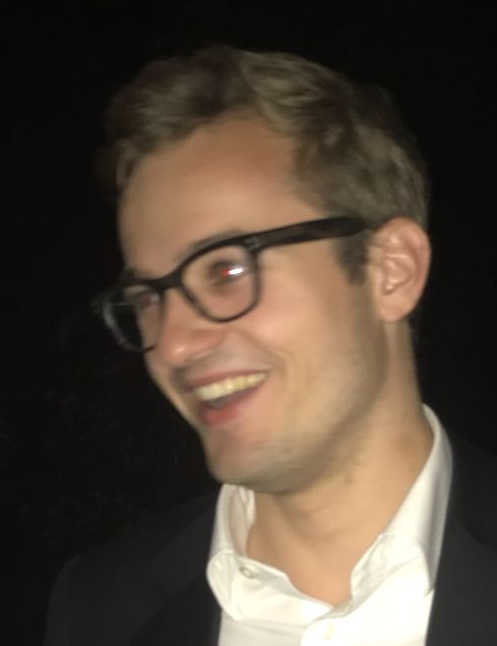 |
Georg Bullinger is interested in elucidating similarities and differences of genetic neural lineages between fly and beetle. Further, he is interested in finding the signals that govern heterochronic brain development. He is applying genome editing to mark cells expressing a homologous transcription factor. |
 |
Noel Cabanas uses a single cell sequencing approach to compare similarities and differences of gene expression between cells of the adult brains and embryonic neuroblasts between fly and beetle. |
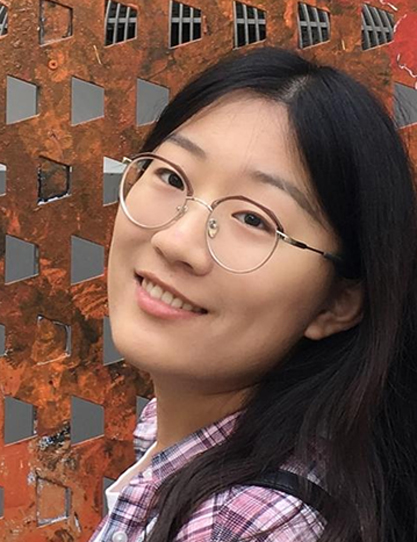 |
Ying Pang wants to understand, what cell types are marked with FoxQ2 in adult brains. To that end, she develops and applies transgenic methods for single cell marking such as brainbow. |
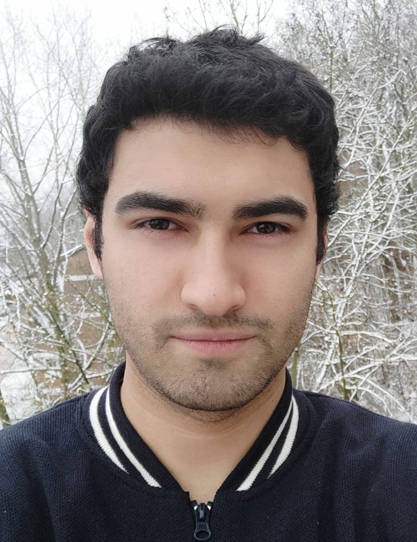 |
Doga Cedden wants to enhance RNAi mediated pest control by optimizing the applied dsRNA and its stability in the gut. He is funded by DAAD based on a proposal he wrote on the topic. |
Those that keep the thing running:
 |
Claudia Hinners is a specialist for molecular experiments and helps with several projects in the lab. Moreover, she keeps an eye on the clone and probe collections. |
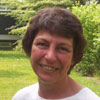 |
Elke Küster is our expert for screening and insect stock keeping. She was in charge of the GEKU-Screen and is has performed a Gal4 enhancer trap screen. |
Former postdocs and PhD students
Please find details on the contribution and career of former lab members here.

